Is it necessary to buy an instant water purifier? How should I choose a water purifier?
Whether to choose an instant hot water purifier depends on your specific needs, and the purchase of a water purifier requires comprehensive consideration of water quality, usage scenarios, budget and other factors. Here is a detailed analysis to help you make an informed decision:
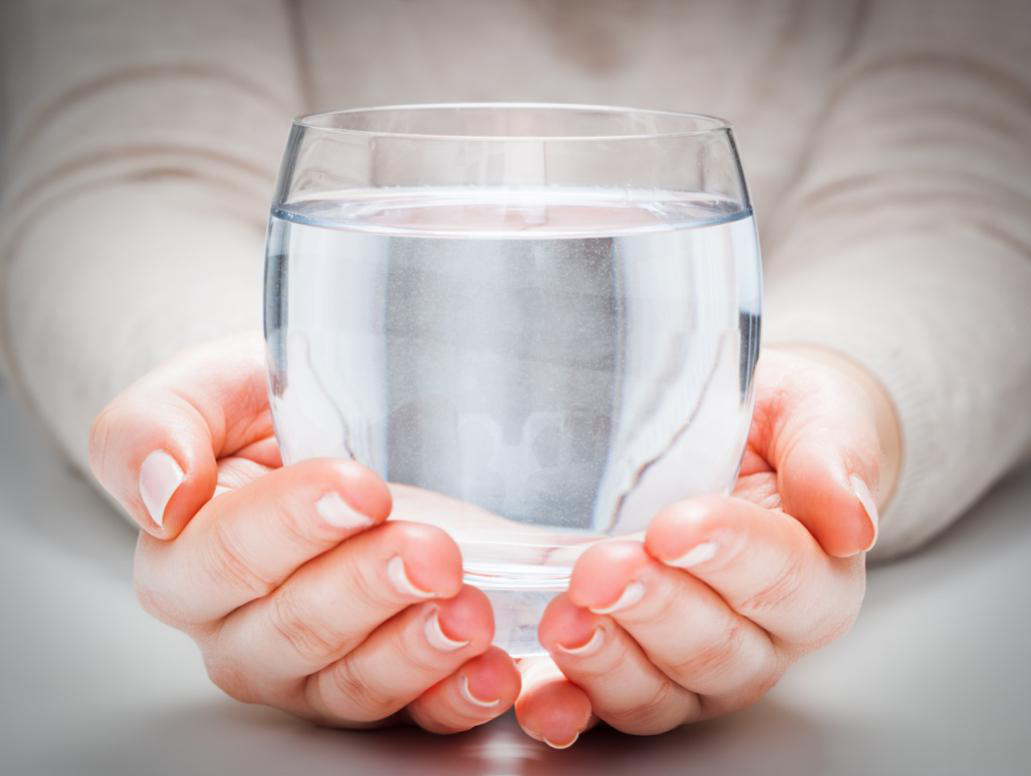 First, instant hot water purifier: is it necessary to buy?
1. The core advantages of instant water purifier
First, instant hot water purifier: is it necessary to buy?
1. The core advantages of instant water purifier
Instant hot water: 3 seconds of hot water (room temperature/warm water/boiling water adjustable), no need for a kettle or thermos, especially suitable for tea, milk, coffee and other scenes.
Space-saving: alternative to the traditional water purifier + pipeline machine / electric kettle combination, suitable for small kitchens or office desks.
Precise temperature control: most models support multi-speed temperature regulation (e.g. 25℃, 45℃, 85℃, 100℃), avoiding repeated heating (the problem of thousand-roll water).
2. Potential Disadvantages
Higher price: 500-2000 RMB more expensive than ordinary water purifiers (2000-4000 RMB for mainstream models).
Maintenance cost: filter cartridge replacement frequency may be faster (due to higher temperature water circuit requires more filter material).
Water speed: the flow rate when heating may be slightly lower than room temperature water purification (some models need to wait).
3. Suitable for people
Infants and young children: milk powder needs to be quickly adjusted to 45 ℃.
Tea drinkers: No need to wait for tea to be brewed at the touch of a button.
Workers who pursue convenience: office or small house to save space.
4. Not recommended
Limited budget (ordinary RO water purifier + independent hot water kettle is more economical).
Only need room temperature direct drinking, no hot water function.
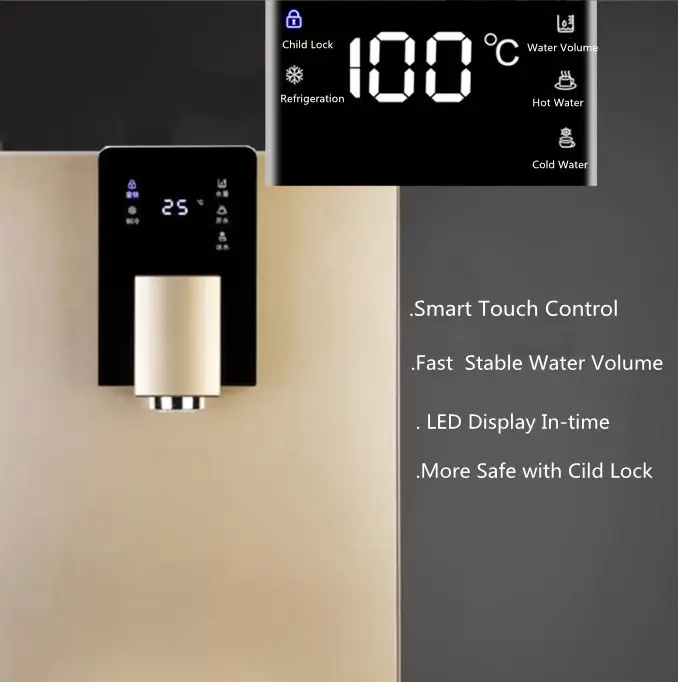 Second, how to choose a water purifier? 6 key indicators
1. Filtration technology RO reverse osmosis:
Second, how to choose a water purifier? 6 key indicators
1. Filtration technology RO reverse osmosis:
Filtration accuracy of 0.0001 microns, drinkable (recommended for poor water quality/heavy metal risk areas).
Ultra-filtration: retain minerals but can not filter heavy metals (suitable for better water quality areas).
Nanofiltration: Between RO and ultrafiltration (need to confirm the suitability of local water quality).
2. Flux (water output speed)
400-600G: suitable for 3-4 person family (about 6-8 seconds for 1 glass of water).
800-1200G: large capacity, better experience (but the price is high, the noise may be slightly larger).
3. Cartridge Cost
Calculate the average annual cost: cartridge price ÷ usage cycle (e.g. RO cartridge $300/2 years = $150/year).
Priority to universal cartridge models: to avoid being branded bundled consumption (such as millet part of the model cartridge cost is higher).
4. Wastewater ratio
RO water purifier: preferred wastewater ratio of 2:1 or 3:1 (2 cups of purified water discharge 1 cup of wastewater), water-saving and more environmentally friendly.
5. Additional Functions
Intelligent display: TDS value monitoring, filter life reminder.
Dual water outlet design: pure water (drinking) + purified water (washing dishes), extending the life of the RO filter cartridge.
Zero water aging technology: to avoid the first cup of water TDS value is too high (recommended for families with high water demand in the morning).
6. Brands and after-sales
Domestic cost-effective: millet, Qinyuan, Angel, 352.
Imported technology flow: AO Smith, Ekou (higher price but durable).
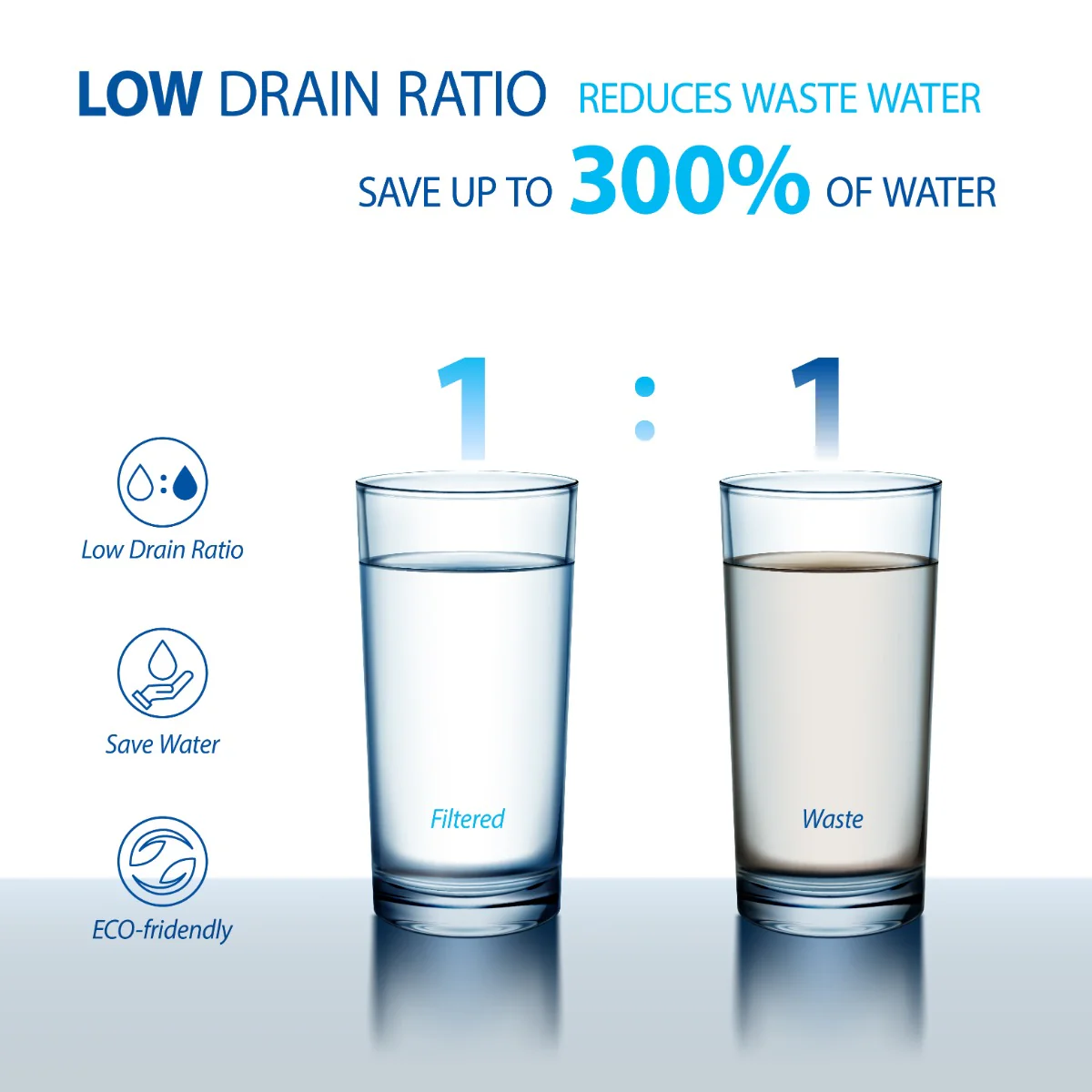 Third, 2025 water purifier trend reference
Third, 2025 water purifier trend reference
1. Lower wastewater ratio: some models up to 4:1 or even 5:1 (technology upgrade).
2. Long-lasting cartridge: RO membrane life is extended to 3-5 years (reduce average annual cost).
3. Integrated design: instant hot water purifier + hot and cold integrated models increased.
Fourth, the purchase of the recommended summary
Demand Scenario Just straight drinking, no hot water
Recommended type RO reverse osmosis water purifier (400G or above)
Budget Reference 200--400 USD
Scenario: Instant hot water (tea/milk)
Recommended type Instant heat RO water purifier
Budget Reference 400--600USD
Scenario Mineral retention
Recommended type Ultrafiltration/Nano-filtration water purifier
Budget Reference 200--300 USD
Scenario Small Household Space Saving
Recommended Type Countertop Instantaneous Water Filter
Budget Reference 200--450 USD
Tips:
Before purchasing, it is recommended to test the water quality at home (TDS pen or send it for testing), high hardness/high TDS (>300) prioritize RO reverse osmosis. Instantaneous water purifier need to pay attention to the heating material (thick film heating > hot tank > stainless steel heating). 618 / double 11 period to pay attention to the cartridge promotions (stocking up can reduce long-term costs). If there is a specific brand model needs, you can tell me your budget and the number of water users, to help you further screening!
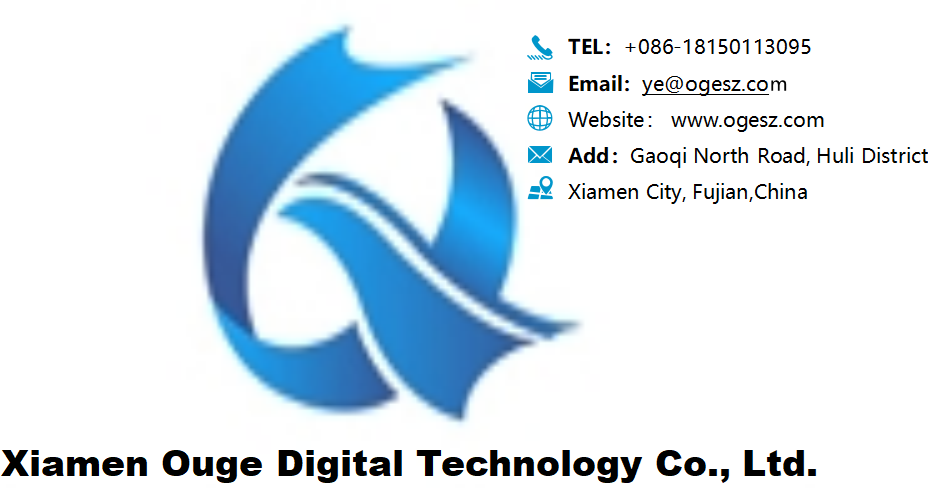




 Reverse Osmosis Technology for Wastewater Treatment: Understanding How RO Systems Operate
Reverse Osmosis Technology for Wastewater Treatment: Understanding How RO Systems Operate
 The “Magic” of Turning Seawater into Freshwater: Unveiling the Core Secrets of Reverse Osmosis Technology
The “Magic” of Turning Seawater into Freshwater: Unveiling the Core Secrets of Reverse Osmosis Technology
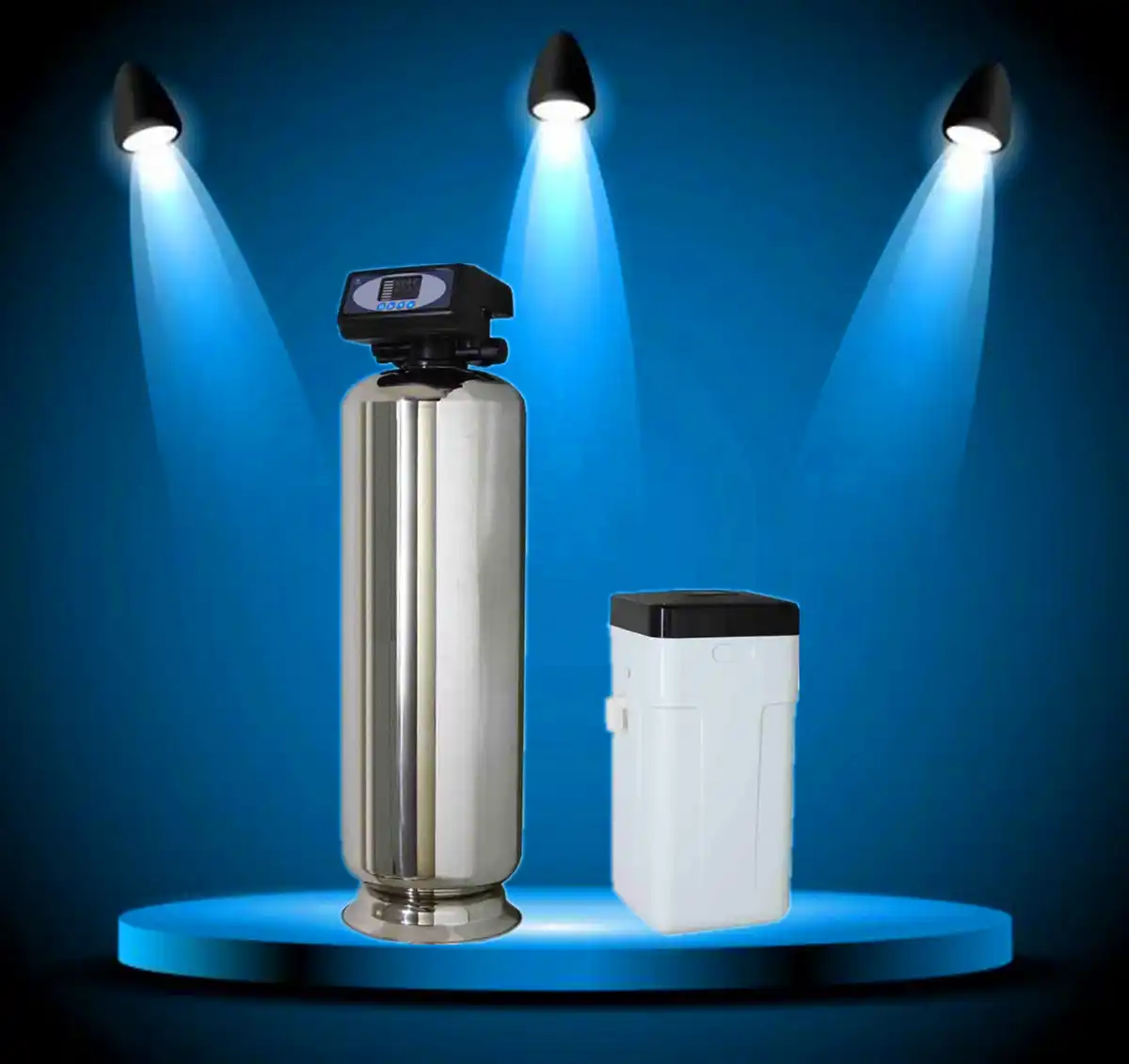 How to Choose Reliable Central Water Filtration and Water Softening Systems? Most People Get It Wrong!
How to Choose Reliable Central Water Filtration and Water Softening Systems? Most People Get It Wrong!
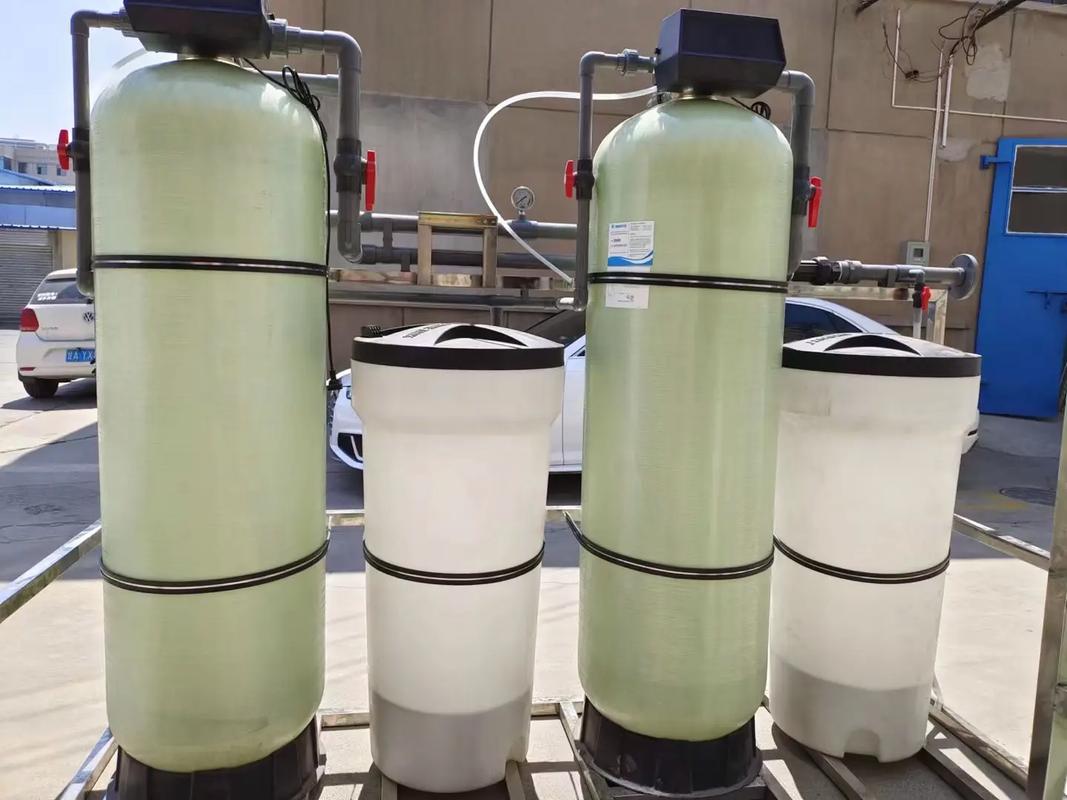 In rural areas, where groundwater from wells is the primary water source, is it truly necessary to install water purification equipment?
In rural areas, where groundwater from wells is the primary water source, is it truly necessary to install water purification equipment?